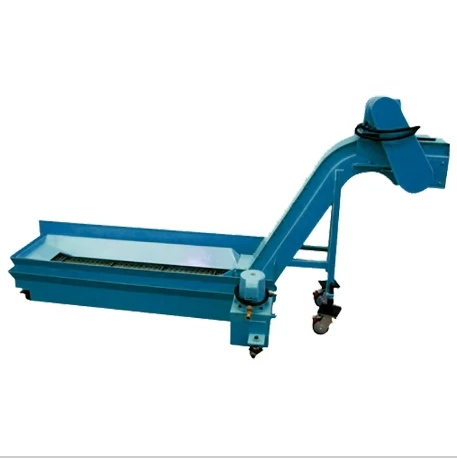cable carrier systems
Cable Carrier Systems A Comprehensive Overview
In the modern industrial landscape, efficient management of cables and wires is crucial for maintaining the functionality and safety of machinery and equipment. This is where cable carrier systems come into play. These specialized systems are designed to support, protect, and manage cables and hoses in various applications, from manufacturing plants to robotics.
What Are Cable Carrier Systems?
Cable carrier systems, often referred to as cable tracks or cable chains, are structures that guide and protect cables and hoses as they move alongside machine components. They facilitate smooth movement while preventing wear and tear caused by constant bending and flexing. Typically made of durable materials, these systems are engineered to withstand harsh environments, thus ensuring longevity and reliability.
Design and Structure
A typical cable carrier system comprises a series of interconnected links, forming a chain-like structure. Each link has a hollow compartment that houses the cables, allowing for organized routing. The design can vary significantly based on the application requirements; for example, some carriers might be open for easy maintenance, while others are closed to provide added protection against dust and debris.
Some common materials used in manufacturing these systems include plastic, steel, or aluminum. The choice of material often depends on factors such as load capacity, environmental conditions, and the specific types of cables being managed. For instance, plastic carriers are lightweight and resistant to corrosion, making them suitable for less demanding environments. In contrast, metal carriers may be used in heavy-duty applications requiring enhanced durability.
Applications
cable carrier systems

Cable carrier systems are used in a wide range of industries, including manufacturing, aerospace, automotive, and robotics. In manufacturing facilities, these systems can be found on assembly lines, where they guide cables connected to various machines. In robotics, cable carriers are integral to robots’ flexibility, allowing them to move freely without the risk of tangling or damaging cables.
In the aerospace industry, cable carriers play a crucial role in aircraft systems, ensuring the safe management of electronic and hydraulic lines. Automotive applications also benefit from cable carriers, where they help manage wiring harnesses and fluid lines in vehicles, contributing to the overall efficiency and safety of the vehicle designs.
Benefits of Cable Carrier Systems
One of the primary benefits of cable carrier systems is their ability to enhance the longevity of cables and hoses. By providing protection from mechanical damage and thermal influences, these systems can significantly extend the lifespan of important electrical components.
Additionally, cable carriers contribute to improved safety in industrial environments. By organizing cables and reducing clutter, they minimize trip hazards and the risk of electrical malfunctions. Moreover, cable carriers can facilitate easier maintenance; their design allows for quick cable changes or repairs, reducing downtime and enhancing productivity.
Conclusion
In summary, cable carrier systems are essential components in modern industrial equipment and machinery. Their ability to manage, protect, and streamline the use of cables and hoses makes them invaluable across various sectors. With advancements in technology and materials, future cable carrier systems will likely become even more efficient, durable, and versatile, adapting to the growing complexities of today's automated environments. As industries continue to evolve and demand increases for streamlined operations, the significance of cable carrier systems will undoubtedly become even more pronounced, solidifying their role as a backbone in modern engineering and manufacturing solutions.








